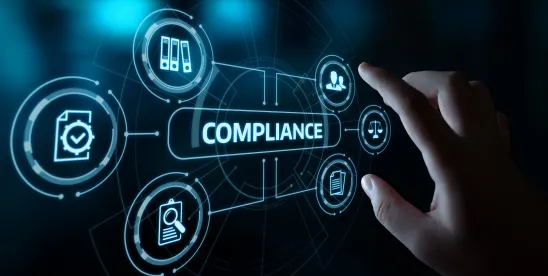Drafting a global code of conduct is a critical step in establishing a comprehensive framework for ethical behavior and compliance across an organization’s global operations. Here are six best practices for drafting a global code of conduct:
- Treat the Code of Conduct as an Integrated Part of Your Compliance Program: A well-constructed compliance program has integrated core compliance issues across its code of conduct, crafted into detailed compliance policies, and it then implements them with tailored internal controls. You should confirm that your compliance documents all work together so that the code of conduct provides a baseline of knowledge about the core compliance goals of the organization and that this approach integrates well with the organization’s other compliance policies.
- Involve Key Stakeholders: If your organization has not engaged in a review of its compliance program, including its code of ethics, within the last two years, then you should consider conducting a risk assessment and compliance gap analysis. In conducting this exercise, engage key stakeholders from across the organization in the process of reviewing and updating the global code of conduct. Seek input and feedback from senior leadership, legal counsel, compliance officers, Human Resources, and employees representing diverse perspectives and regions as a means of updating your code of ethics to reflect insights from across the organization.
- Conduct a Legal and Regulatory Review: Conduct a comprehensive review of relevant laws, regulations, and industry standards applicable to the organization’s operations in different countries. Ensure that the code complies with local legal requirements while upholding global standards of ethical conduct.
- Address Core Compliance Areas: Particularly at multinational companies, it is important to ensure that the code of ethics addresses core compliance areas of global applicability, including anti-corruption, conflicts of interest, bribery, fraud, data privacy, antitrust, insider trading, discrimination, and harassment. When determining the core areas to cover, consider the law of all relevant jurisdictions.
- Provide Training and Awareness: Develop training programs and awareness campaigns to educate employees about the global code of conduct, its principles, and their responsibilities for upholding ethical standards. For many employees, the code of conduct training will be the main training that they receive; ensure that the training covers all core compliance areas so that it both makes sense for employees who will receive only code of ethics training and those who will also receive additional training in relevant high-risk areas, depending upon their job descriptions.
- Review and Update Regularly: Ensure that your organization has procedures in place to ensure that it regularly reviews and updates the global code of conduct to reflect changes in laws, regulations, industry standards, organizational needs, and changes in the way that the organization does business (new channels of trade, merger & acquisition changes, etc.).
As an accompaniment to our biweekly series on “What Every Multinational Company Should Know About” various international trade, enforcement, and compliance topics, below find an update to our series on compliance checks that every multinational company should consider. Give us two minutes, and we’ll give you at least five suggested compliance best practices that will benefit your international regulatory compliance program.
Read Five Compliance Best Practices Every Multinational Company Should Consider for … Identifying and Implementing Core Compliance Policies and Five Compliance Best Practices Every Multinational Company Should Consider for … Tailoring Compliance Policies and Internal Controls for Local Countries




 />i
/>i

